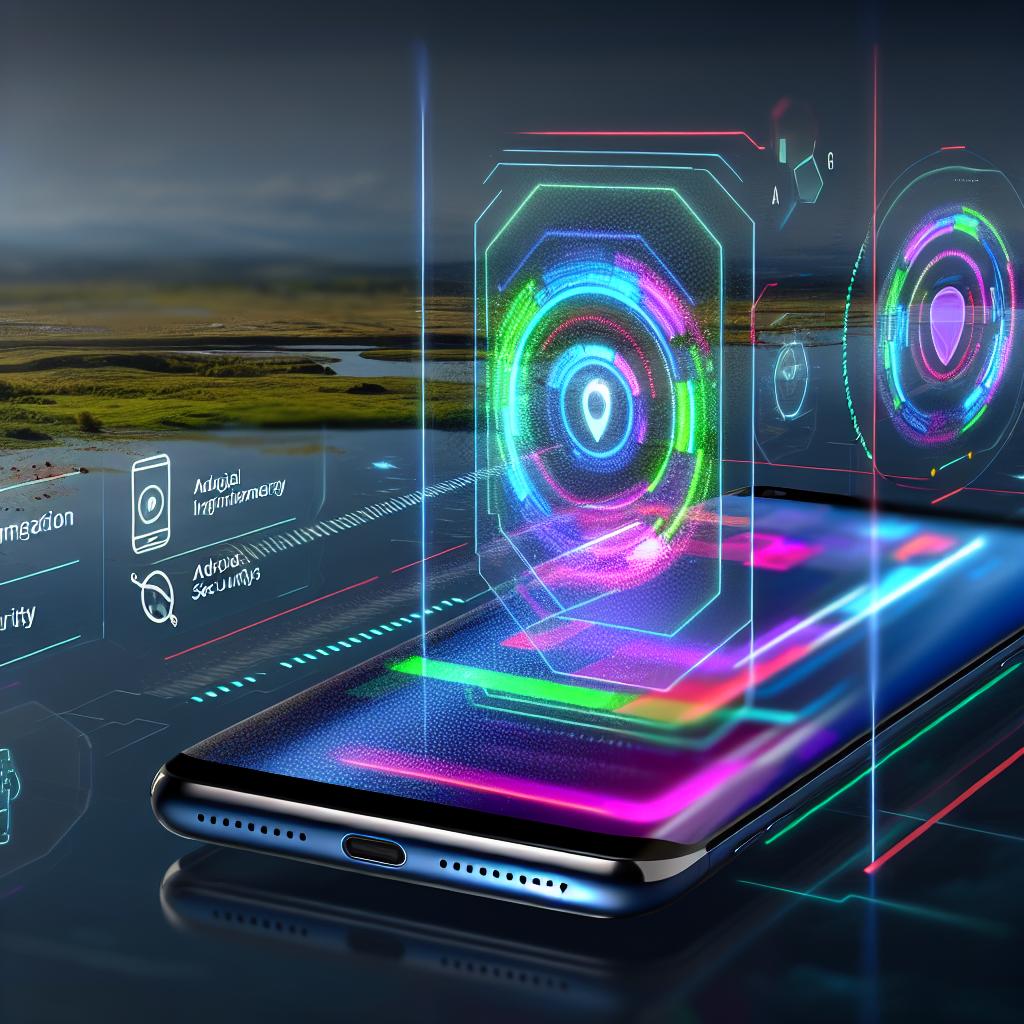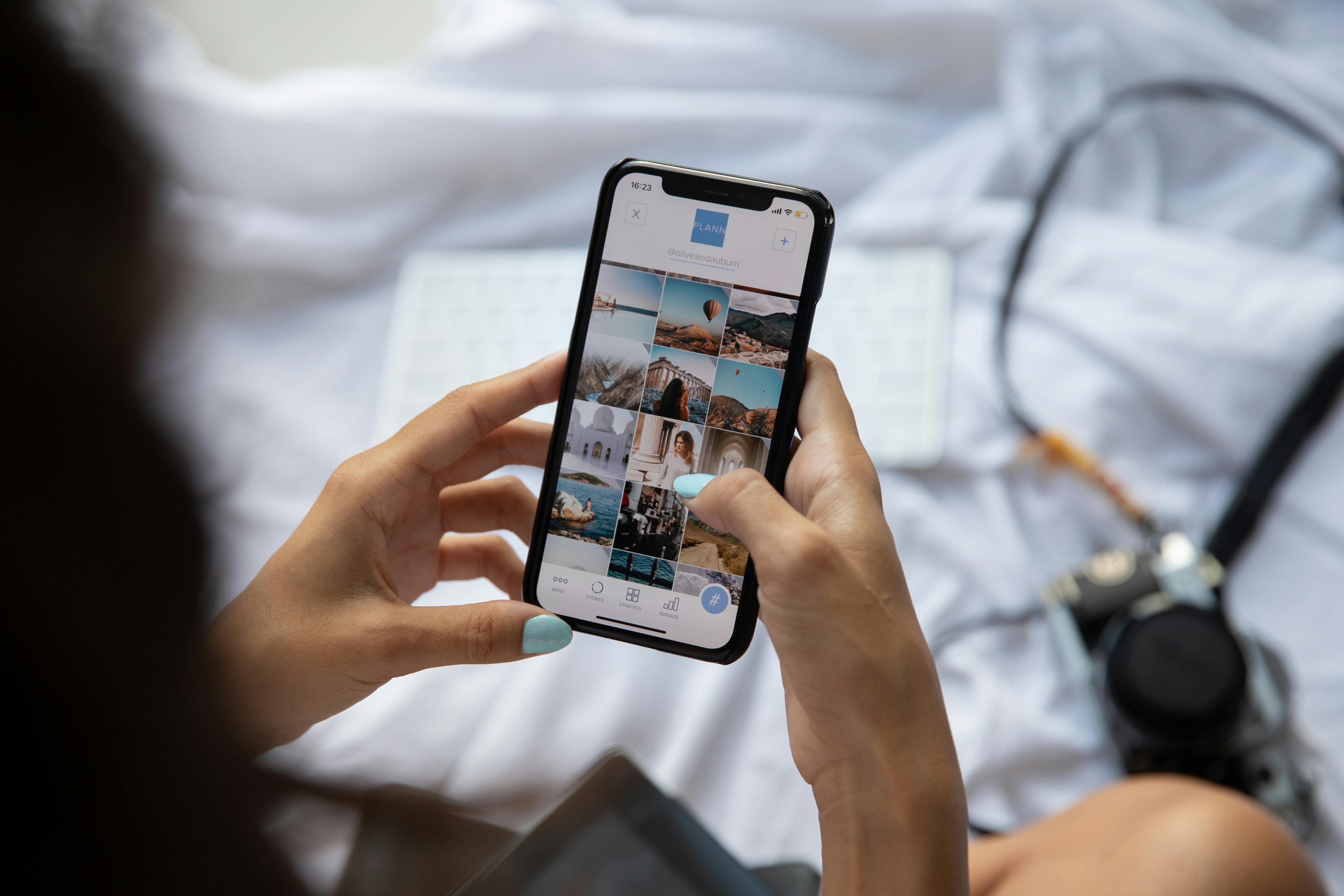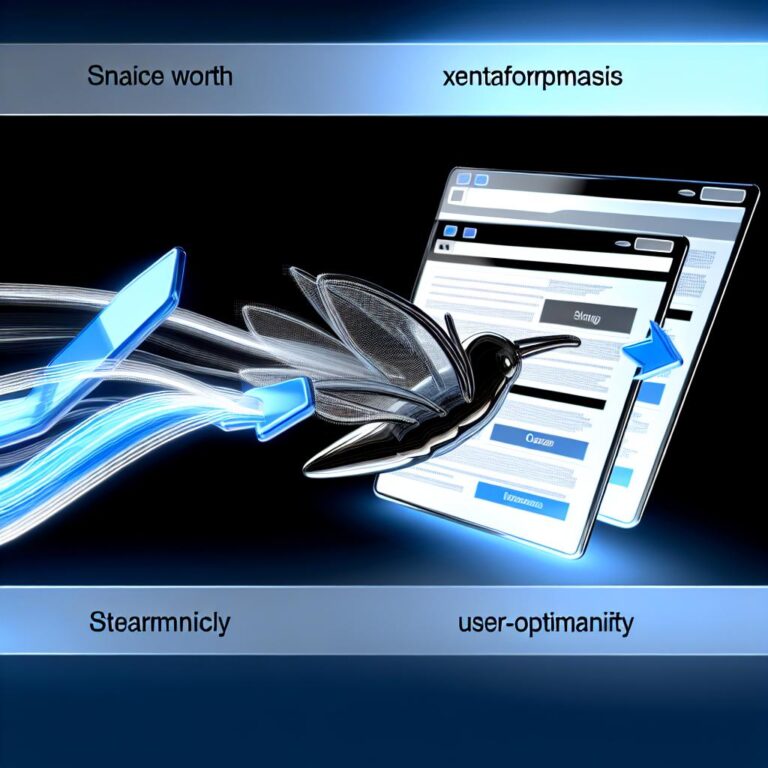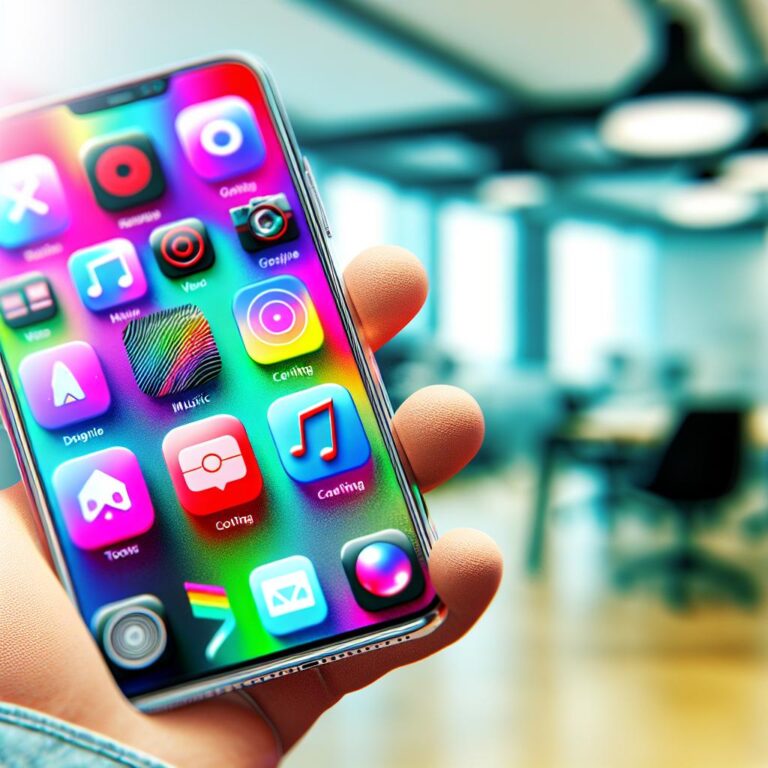Key app tech: Are mobile, AR, and security leading?

- Augmented Reality (AR) integrates digital layers into mobile apps, enhancing user interaction and engagement.
- Benefits include immersive experiences like Pokémon Go, which increases app engagement and mixes real-world activities.
- Challenges include technological constraints, costs, and resource needs for smooth, accessible performance.
- Successful AR apps transform user interactions, exemplified by IKEA Place's virtual furniture visualization.
- Data encryption and user authentication are key app security protocols, protecting sensitive information.
- Security testing includes penetration tests and using verification tools for identifying vulnerabilities.
- Real-world breaches, like Target's in 2013, highlight the need for improved cybersecurity measures.
- The rise of AI and IoT enhances mobile apps' adaptability and connectivity.
- Development frameworks like React Native enable faster cross-platform app creation.
- Effective AR integration requires choosing suitable frameworks, user-friendly interfaces, and spatial awareness features.
In our fast-evolving tech landscape, mobile, AR, and security are reshaping our apps. As a tech fan, you're likely curious how augmented reality changes mobile applications. Does AR create more engaging experiences or more challenges for developers? What about app security—are current strategies enough to keep our data safe? Dive in with me as we explore these pivotal questions and discover the future of mobile technology.
How does augmented reality (AR) technology impact mobile applications?

Augmented reality (AR) in apps is changing how we use our phones. You might wonder how AR technology in mobile apps makes a difference. Precision tells us AR adds a digital layer to our real-world view. This gives more vibrant and interactive experiences for users.
What are the benefits of integrating AR into mobile apps?
AR in apps brings cool experiences. It enhances user interaction, making app usage feel new each time. Users enjoy more engaging ways to explore content, increasing app engagement rates. Apps like Pokémon Go show how AR can mix fun with fitness outside.
What are the challenges of implementing AR in mobile applications?
But using AR in apps isn't easy. Technological constraints can make it tricky to ensure smooth performance on all devices. For developers, cost and resource requirements can be barriers too. They need tools and skills to build AR apps that work well for everyone.
How do successful AR applications impact user experience?
AR apps impact how we interact with phones (https://nandbox.com/ar-in-mobile-apps-user-engagement/). Good ones change user interaction patterns by offering interactive applications like IKEA Place, letting us see furniture right at home. This mix of real and digital makes mobile apps much more exciting and useful.
What are the best strategies for mobile app security?

What are key security protocols every mobile app should have?
The top security protocol for apps is data encryption. Data encryption transforms readable data into coded data. Only those with the correct key can access it. This stops unauthorized users from reading sensitive app data. Another key security protocol is user authentication techniques. User authentication confirms the identity of a person accessing the app. This can include passwords, fingerprint scans, and facial recognition.
How can developers conduct effective security testing for apps?
Developers need to use penetration testing to secure apps. This approach includes simulating attacks to find weak spots in app security. These tests show how an app could be exploited by attackers. Another important strategy is using security verification tools. These tools help verify that security measures are in place and working. Security tools scan apps and provide reports on potential risks and solutions.
What are some real-world examples of mobile security breaches and their resolutions?
One example of a security breach is the case of Target in 2013. Attackers gained access through a third-party vendor. This breach exposed personal data of 70 million customers. The company had to implement stronger data protection solutions. Another instance is the Yahoo data breach between 2013 and 2014. It affected billions of accounts. Yahoo improved encryption and login security afterward. Each breach offers lessons on improving cybersecurity for mobile apps by learning from past mistakes and strengthening app defenses. You can find more information on solutions implemented from security experts in this resource.
How is mobile app development evolving with technological advancements?

Mobile app development is now more exciting than ever. Why? Because of tech advancements. The rise of artificial intelligence (AI) and the Internet of Things (IoT) is changing everything. These innovations make apps smarter. They can learn and adapt to user needs. The integration of IoT allows apps to connect with more devices. This creates a seamless user experience across platforms.
Development frameworks also play a big part in this evolution. They allow for cross-platform development. This means developers write code once and use it on multiple systems. This process saves time and resources. It speeds up the creation of new apps. Using frameworks like React Native or Flutter can lead to faster innovation.
Augmented reality (AR) is another exciting area. AR is transforming user interaction by creating engaging experiences. Industries like retail, gaming, and education are exploring its benefits. AR trends show promise in many markets. They offer new ways to experience products and services.
Explore more about how mobile app development is advancing here.
How can app developers effectively integrate AR features into mobile applications?

When it comes to integrating AR in mobile applications, the choice of the right tools is crucial. You want to pick AR frameworks that fit your app’s goals. Popular options include ARCore and ARKit. These frameworks support interactive and rich AR elements. Picking the right one depends on your target devices and user needs.
Creating user-friendly AR interfaces is the next step. The interface must be easy to use and intuitive. This means clear navigation and responsive interactions that users can understand without a guide. User-friendly design ensures users can enjoy their AR experience without confusion.
AR design principles focus more on interaction and space than traditional app design. In AR apps, interactive elements matter a lot. You need to engage users so they can explore and interact with virtual content. This is different from just tapping on buttons in a regular app.
Managing spatial awareness is key in designing AR apps. The app should know where the user is and where objects appear. This may involve having the app understand a room’s layout or the surface’s textures it scans. This helps users feel like they are part of the AR experience.
For development, several tools help support AR on mobile platforms. Unity and Unreal Engine are great for creating 3D models and scenes for AR apps. These tools also provide platforms for easy AR content creation. They integrate well with AR frameworks to enhance app capabilities effectively.
Choosing the right tool also means checking platform compatibility. You want the tools to work seamlessly across different operating systems like iOS and Android. This ensures your app works well on as many devices as possible, reaching a broader user base.
Conclusion
Augmented reality transforms the mobile app world. It boosts user engagement and offers fresh experiences. But, challenges exist, like technology limits and high costs. As we integrate AR, mobile security stays crucial. Developers must prioritize data protection and learn from past breaches. Mobile apps continue to evolve with AI and IoT innovations, setting the stage for future possibilities. AR provides endless potential for immersive user experiences across many industries. Embracing these trends, developers create apps that are both groundbreaking and secure, powering the future of mobile technology.






